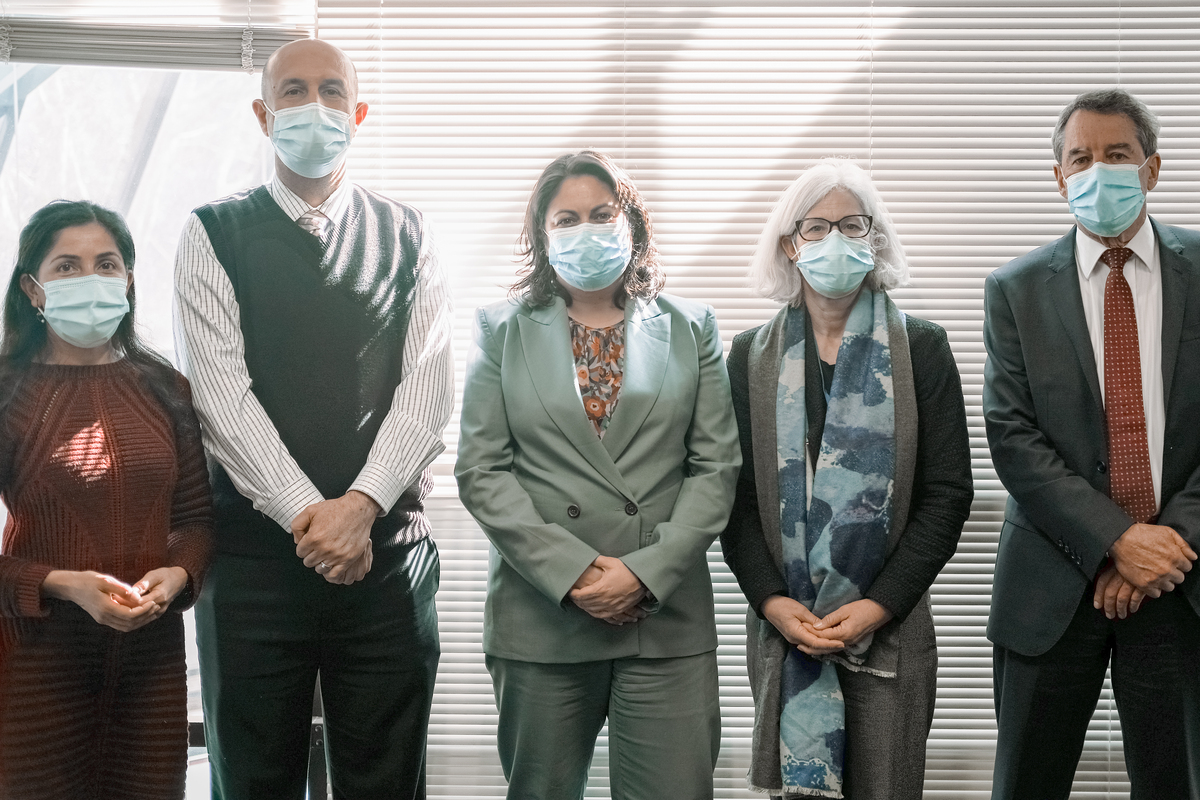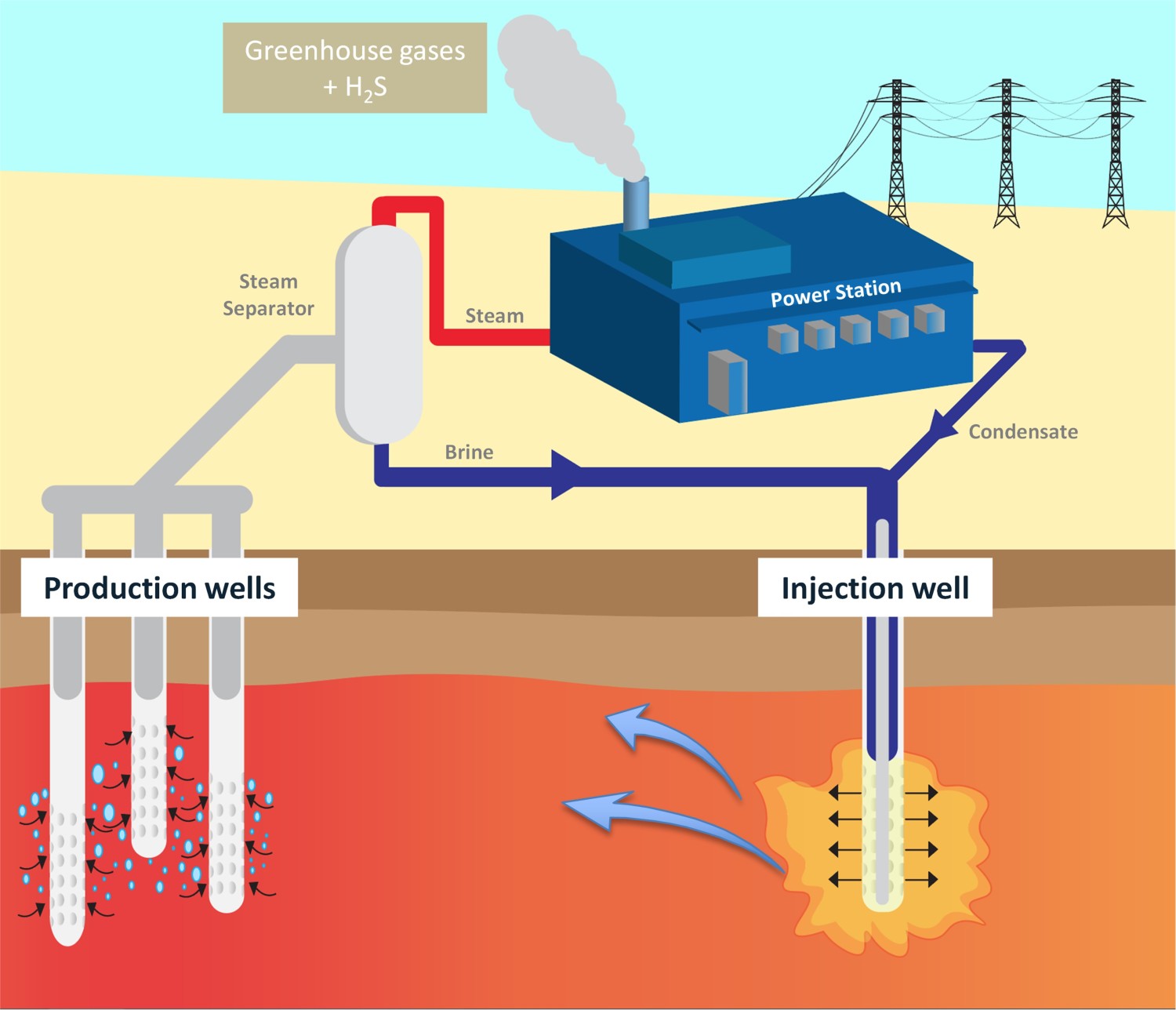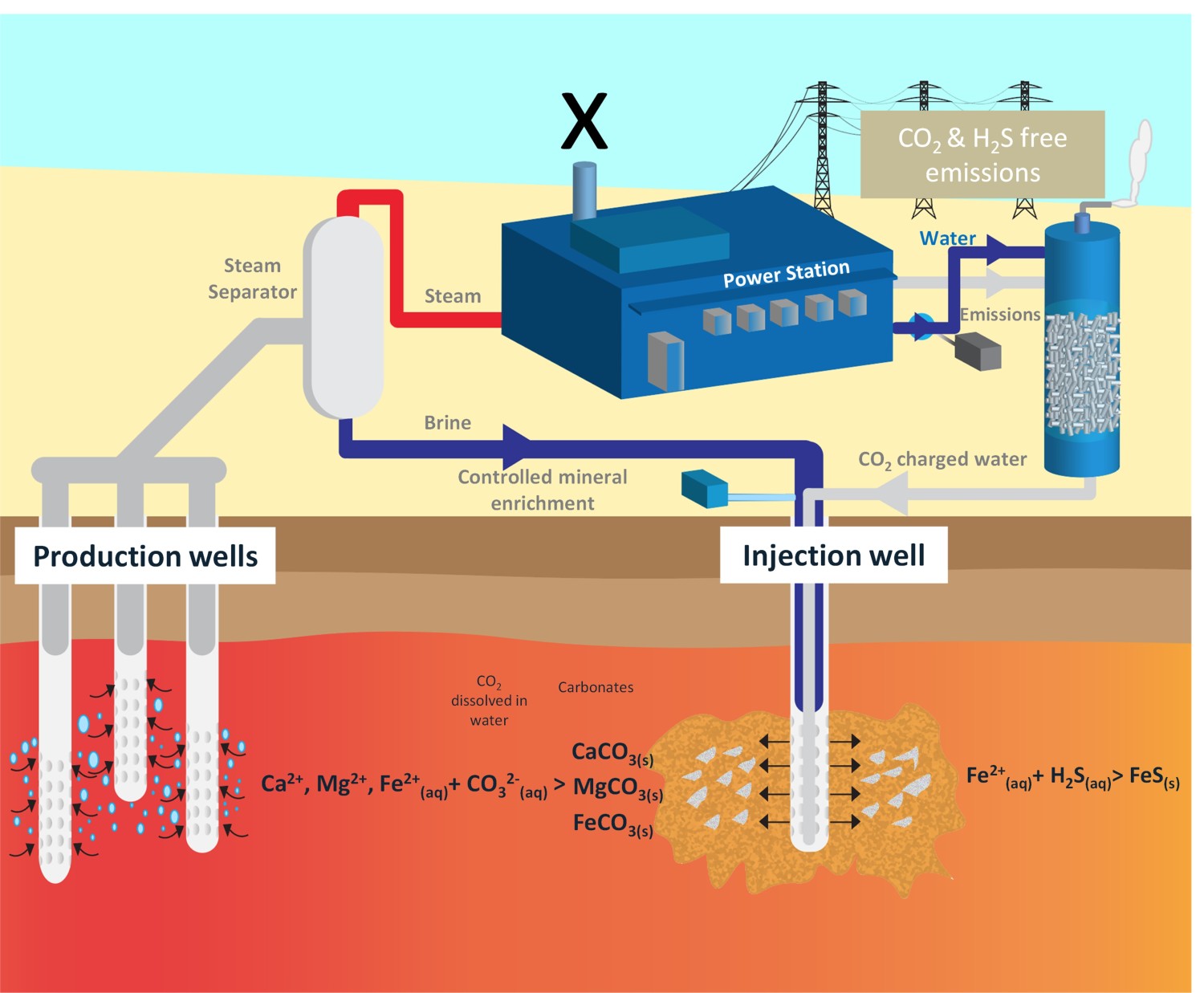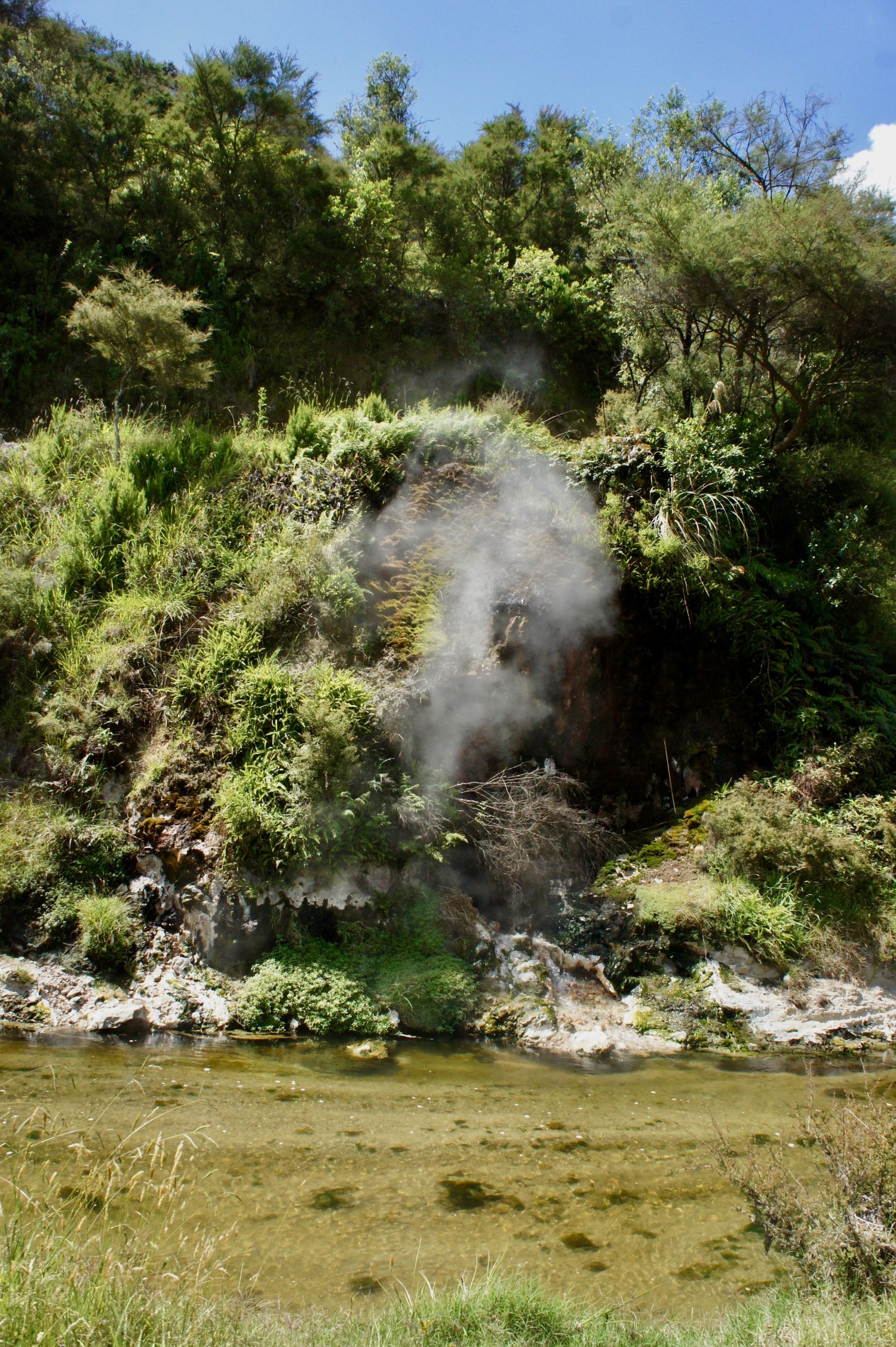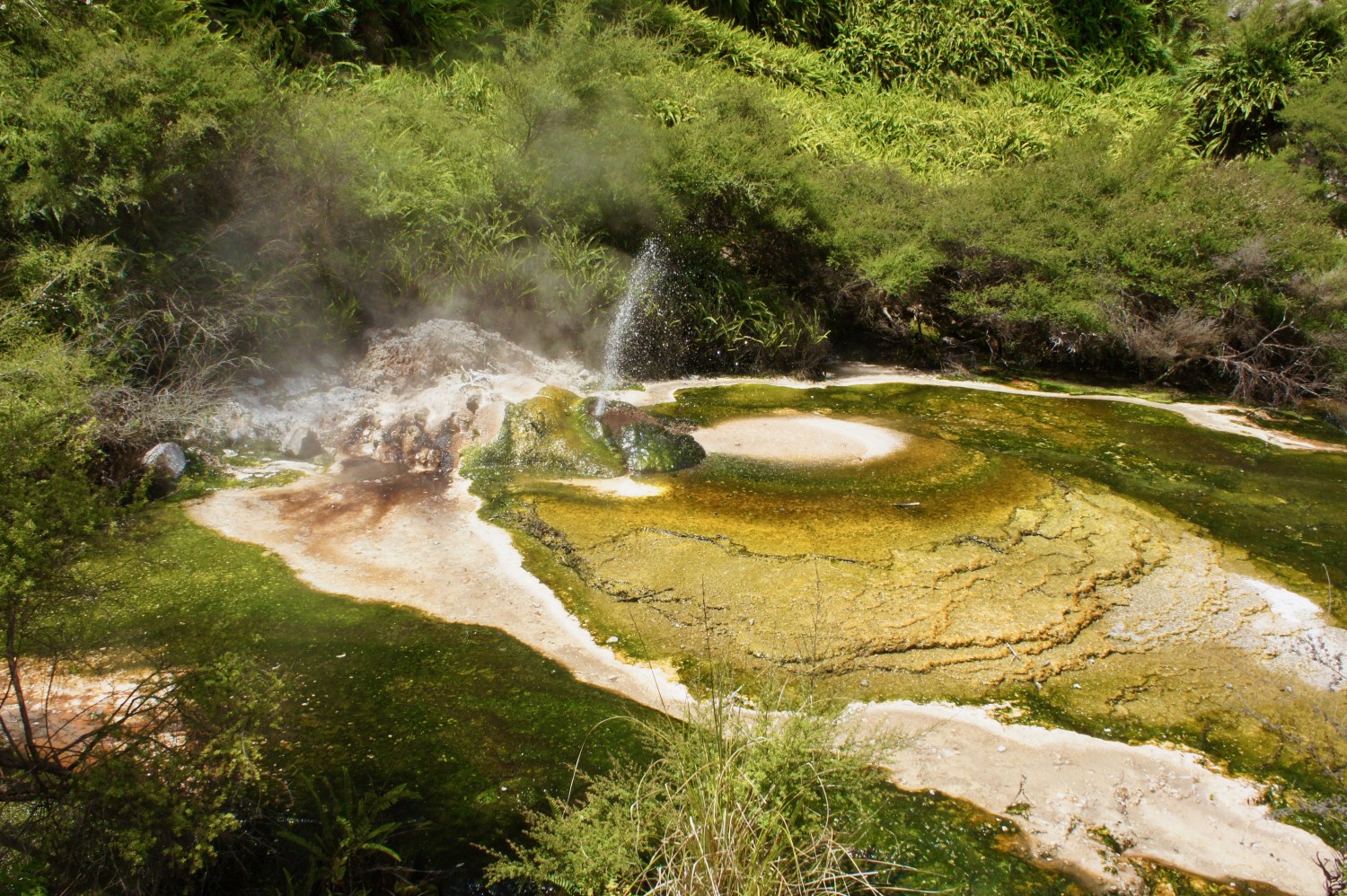Geothermal energy has a reputation for being green – but though it’s much cleaner than fossil fuels, it does produce some greenhouse gas emissions. With more than $6 million in newly announced funding from the Ministry of Business, Innovation and Employment, researchers at Waipapa Taumata Rau, University of Auckland, are working to change that.
Associate Professor Sadiq Zarrouk, co-director of the Geothermal Institute at the Department of Engineering Science, is leading a team aiming to turn the greenhouses gases that geothermal plants currently emit into rock, trapping it permanently underground.
“New Zealand is a world leader in geothermal energy technology and many countries implement our research,” says Research Fellow Eylem Kaya, a member of the team. “This could transform the industry, bringing it from low to no emissions.”
